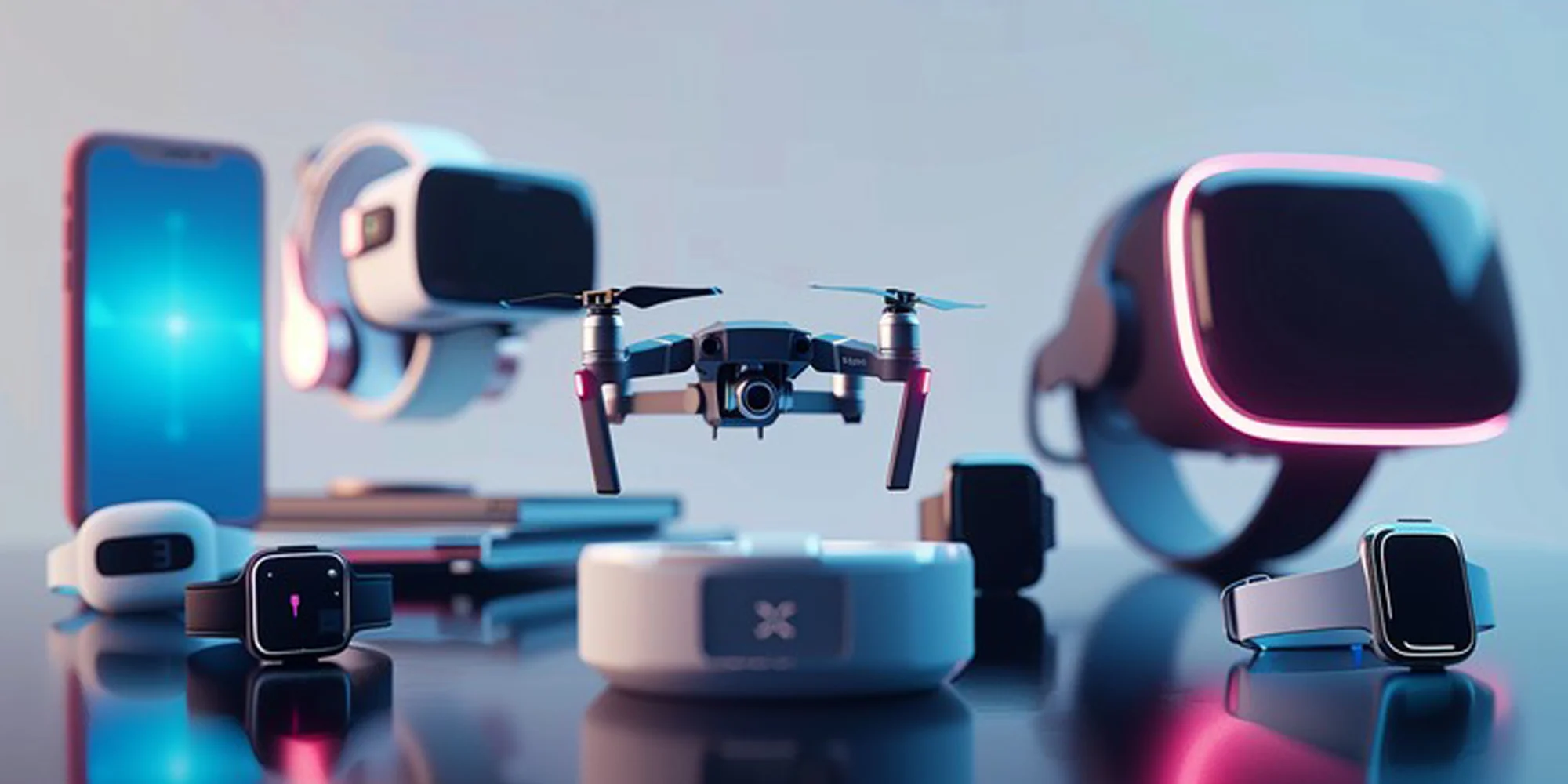Beyond Smartphones: Innovative Gadgets That Will Define This Decade
Let’s be honest—smartphones aren’t going anywhere. But the next wave of tech? It’s sneaking up on us, quietly reshaping how we live, work, and play. From wearables that read your mind to gadgets that blur the line between sci-fi and reality, here’s what’s coming.
1. Brain-Computer Interfaces (BCIs): The Mind-Reading Tech
Imagine controlling your smart home—or even typing—just by thinking. BCIs like Neuralink’s implants or non-invasive headsets from companies like NextMind are making this possible. Early adopters are already using them for gaming, medical rehab, and even communication for those with disabilities.
Why it matters: This isn’t just about convenience. BCIs could revolutionize accessibility, letting paralyzed individuals operate devices with their thoughts. The tech’s still clunky, but in 10 years? It might be as normal as AirPods.
2. AR Glasses: The Smartphone Killer?
Sure, Google Glass flopped. But Apple’s Vision Pro and Meta’s Ray-Ban collab hint at a comeback. These aren’t just cameras on your face—they overlay directions, translate signs in real time, or even identify plants during a hike.
The catch: Battery life and social acceptance. Nobody wants to look like a cyborg at dinner. But as designs slim down, AR glasses could replace phones for everything except, well, calls.
3. Smart Rings: Health Tracking, Minus the Bulk
Fitness bands are so 2010s. Smart rings like Oura or Ultrahuman track sleep, heart rate, and even stress levels—without a bulky wrist display. They’re subtle, stylish, and packed with sensors.
Bonus: Some double as NFC payment devices. Forget your wallet? Your ring’s got you covered.
4. Foldable Everything (Not Just Phones)
Samsung’s foldable phones grabbed headlines, but the real innovation? Foldable everything. Think rollable TVs from LG, or Lenovo’s laptops with screens that bend like paper. Portability meets big-screen convenience.
Pain point: Durability. Early models creased or cracked too easily. But materials are improving—fast.
5. AI-Powered Home Robots
Roomba was just the start. Robots like Samsung’s Ballie (a rolling AI orb that projects videos and monitors your home) or Amazon’s Astro (a security bot on wheels) are creeping into living rooms. They’re part assistant, part pet, part security guard.
Reality check: They’re pricey and still a bit… gimmicky. But as AI gets smarter, so will they.
6. Haptic Feedback Suits: Feel the Digital World
Meta’s haptic gloves and Tesla’s (yes, Tesla) full-body suits let you “feel” virtual objects. Gamers love them, but the applications go deeper—surgeons could “practice” surgeries remotely, or firefighters train in VR with realistic heat feedback.
Keyword: Immersion. This tech bridges the gap between digital and physical like never before.
7. Portable Solar Chargers: Power Anywhere
Forget power banks. Foldable solar panels like Jackery’s SolarSaga or Anker’s 531 charger slap onto backpacks, juicing up devices on the go. Campers, digital nomads, and even emergency responders are adopting them.
Stats: Some models hit 100W—enough to charge a laptop in sunlight. Off-grid living just got easier.
8. AI Glasses for the Visually Impaired
Gadgets like Envision’s AI glasses “read” text aloud or identify faces for the blind. They’re not perfect yet, but advances in object recognition and natural language processing are closing the gap.
Human impact: For millions, this isn’t just tech—it’s independence.
The Bottom Line?
The next decade won’t be about one “killer gadget.” It’ll be a mosaic—wearables, AI, sustainability, and accessibility, all stitching together. Some will flop. Others might change everything. Either way, the future’s closer than it looks.



